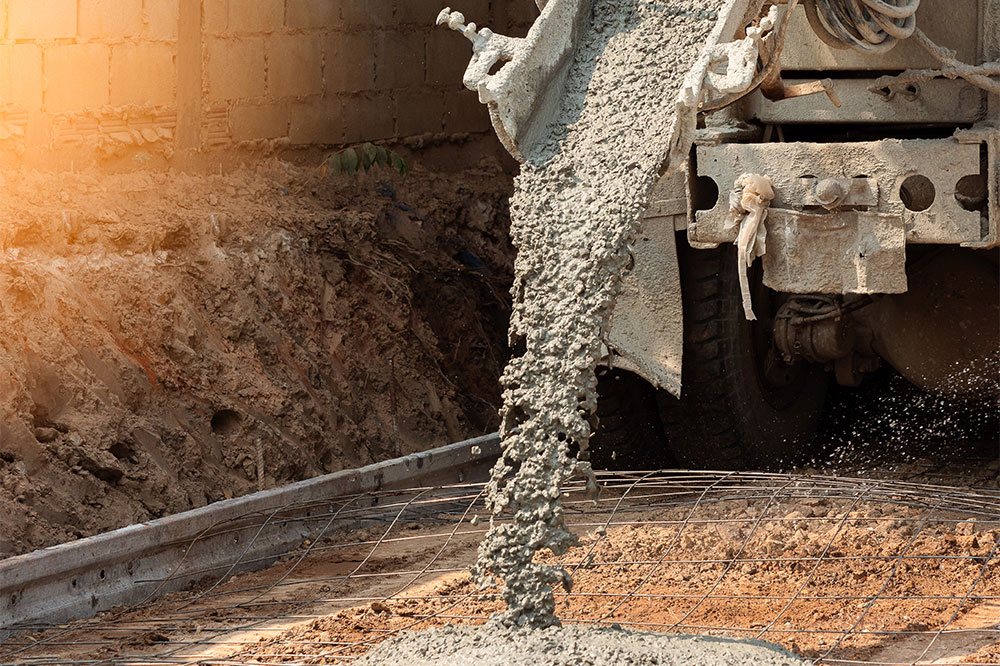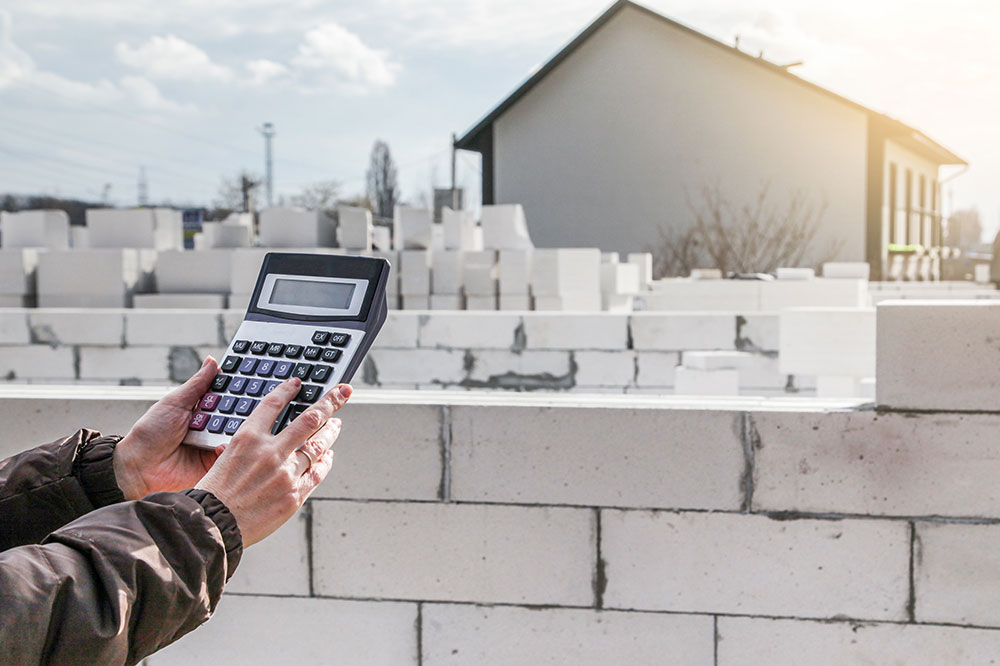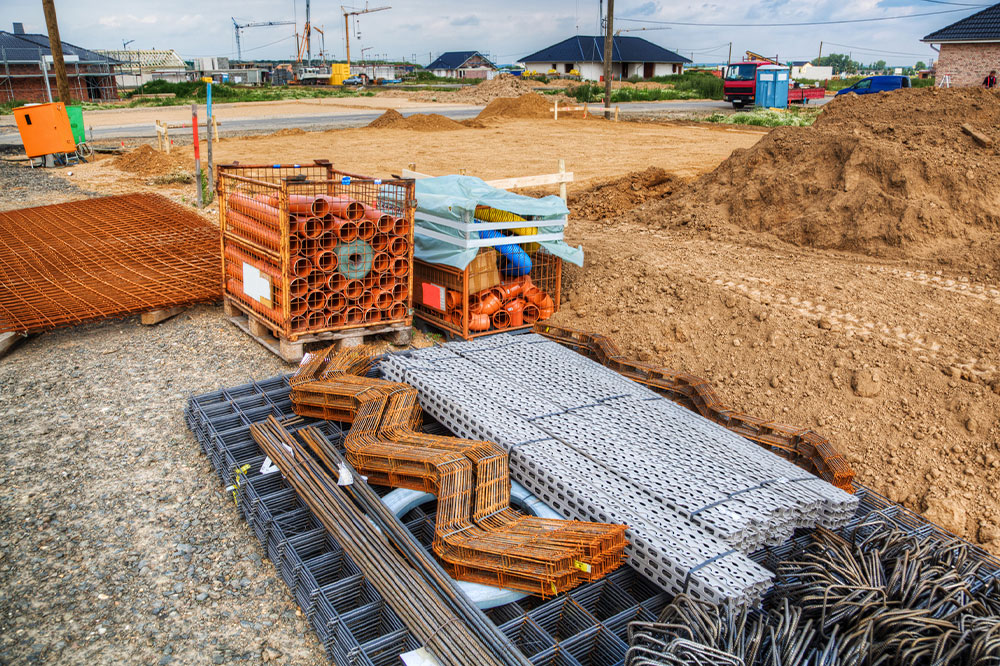Comprehensive Guide to Premixed Concrete: Benefits, Costs, and Leading Suppliers
This comprehensive guide explores premixed concrete, highlighting its advantages, costs, and the main types available. It underscores the importance of quality control, mechanized production, and precise delivery schedules in modern construction. The article details various premixed concrete types, including transit, shrink, and central-mixed options, helping project managers select the best solution for their needs. With an emphasis on efficiency, environmental benefits, and construction quality, this guide is essential for anyone involved in construction planning and execution.

Comprehensive Guide to Premixed Concrete: Benefits, Costs, and Leading Suppliers
Premixed concrete, widely known as ready-mix concrete, has become an essential material in contemporary construction due to its consistent quality and efficiency. Produced in specialized batching plants with precise mixture formulations, this type of concrete is transported directly to construction sites via truck-mounted transit mixers. Although the initial costs of premixed concrete tend to be higher than traditional on-site mixing because of transportation and processing expenses, the numerous advantages it offers make it a preferred choice for many projects. From improved quality to streamlined delivery, premixed concrete plays a vital role in ensuring successful construction outcomes.
Understanding the remarkable benefits of premixed concrete can help developers, builders, and project managers make informed decisions. Key advantages include not only superior material quality but also rapid production capabilities, reduced cement usage, minimized human error, and dependable delivery schedules. These features collectively contribute to cost savings, higher structural integrity, and shorter project timelines, factors that greatly enhance overall construction efficiency.
Advantages of Using Premixed Concrete in Construction
Premixed concrete, prepared in controlled environments with cutting-edge machinery, guarantees consistent and high-quality results that surpass traditional site-mixed options. Strict quality controls, such as regular testing and precise formulation, ensure each batch meets specific standards, providing both safety and performance benefits. The technology involved in manufacturing premixed concrete results in a product that is uniform in texture, workability, and strength, leading to more durable and long-lasting structures.
Production speed is a significant factor in favor of premixed concrete. Modern manufacturing plants utilize mechanized processes capable of producing between 30 and 60 cubic meters of concrete per hour—far exceeding the typical output of site-mixed concrete, which generally ranges from 4 to 5 cubic meters per hour. This high capacity allows for large projects to proceed smoothly without delays caused by mixing bottlenecks.
One of the most compelling advantages of premixed concrete is its enhanced cost-efficiency and environmental friendliness. By employing standardized processes, these facilities reduce cement consumption by approximately 10-12%, which not only cuts costs but also minimizes carbon footprint. Additionally, mechanization and automation decrease human errors during mixing, resulting in more consistent product quality that reduces material wastage and the need for rework. Because of its reliability and precision, premixed concrete helps in constructing safer, stronger, and more sustainable buildings and infrastructure.
Reliable and precise delivery schedules are crucial for modern construction projects. Premixed concrete suppliers meticulously plan and coordinate deliveries to match project timelines, ensuring the necessary quantities of concrete are available exactly when needed. This punctuality reduces downtime and allows construction activities to proceed without interruption, ultimately contributing to timely project completion.
Common Types of Premixed Concrete
There are several types of premixed concrete tailored to meet diverse construction requirements, including transit-mixed, shrink-mixed, and central-mixed concrete. Understanding these varieties can help project managers select the appropriate mix for specific applications.
Transit-Mixed Concrete
Also known as dry-batched concrete, transit-mixed concrete involves loading all the raw materials—cement, aggregates, water, and admixtures—directly into a transit truck. The mixing process occurs either during transportation or at designated locations, depending on the specific type.
Concrete mixed at the site
In this method, the truck's mixer drum rotates slowly during transit to keep the mixture uniform. Upon arrival, it speeds up to discharge the ready-mixed concrete into formwork or designated areas.
Concrete mixed in transit
Here, the mixer drum rotates at a medium speed during transit. The rotation is slowed or stopped after a specific number of revolutions (around 70), at which point the mixture can be discharged efficiently.
Concrete mixed at the yard
In this variant, the concrete is prepared at the manufacturing plant with high-speed mixing, ensuring thorough blending. During transit, the drum's rotation is slowed to keep the mixture stable until it reaches the construction site.
Shrink-Mixed Concrete
This type combines partial mixing at the plant with additional mixing during transit. The process involves preparing a semi-dry mixture at the plant, followed by completing the mixing process en route to the site. The extent of transit mixing is often customized based on project-specific testing and requirements, making it adaptable for various construction needs.
Central-Mixed Concrete
Also known as wet-batch or plant-mixed concrete, central-mixed concrete is prepared in a central batching plant with thorough mixing of all ingredients—including cement, water, aggregates, and admixtures—before loading into transit mixers. During transit, the mixers primarily serve as agitators, keeping the mixture homogeneous and preventing segregation. This method produces highly uniform concrete that is ideal for large-scale or high-precision projects.
Whether for foundations, high-rise structures, or infrastructure projects, premixed concrete offers unmatched consistency and reliable performance. Modern manufacturing techniques, combined with innovative delivery solutions, have transformed how the construction industry approaches concrete supply, making premixed options more popular than ever before. Choosing the right type and supplier can significantly impact project timelines, costs, and durability, emphasizing the importance of understanding these options thoroughly.




